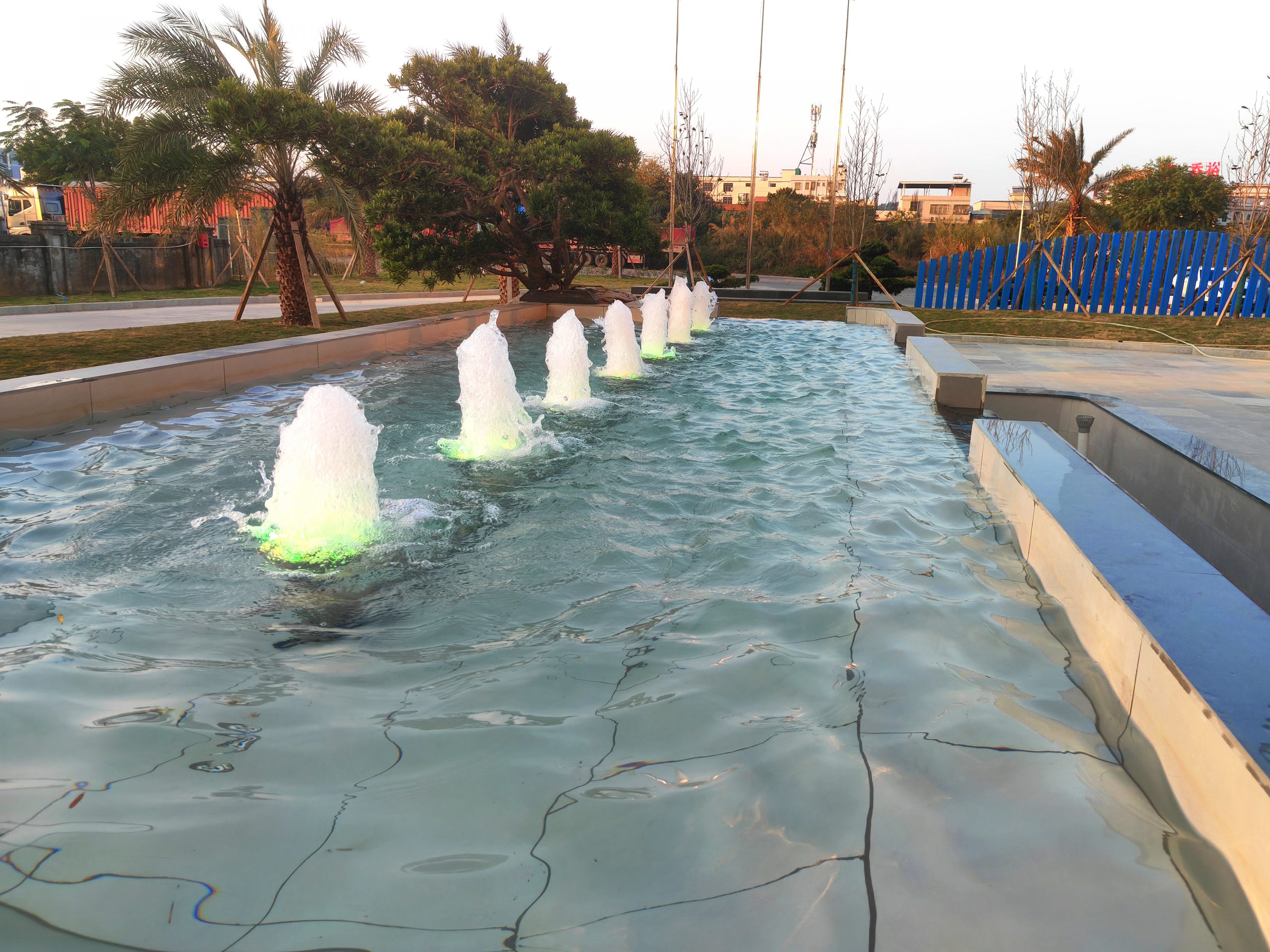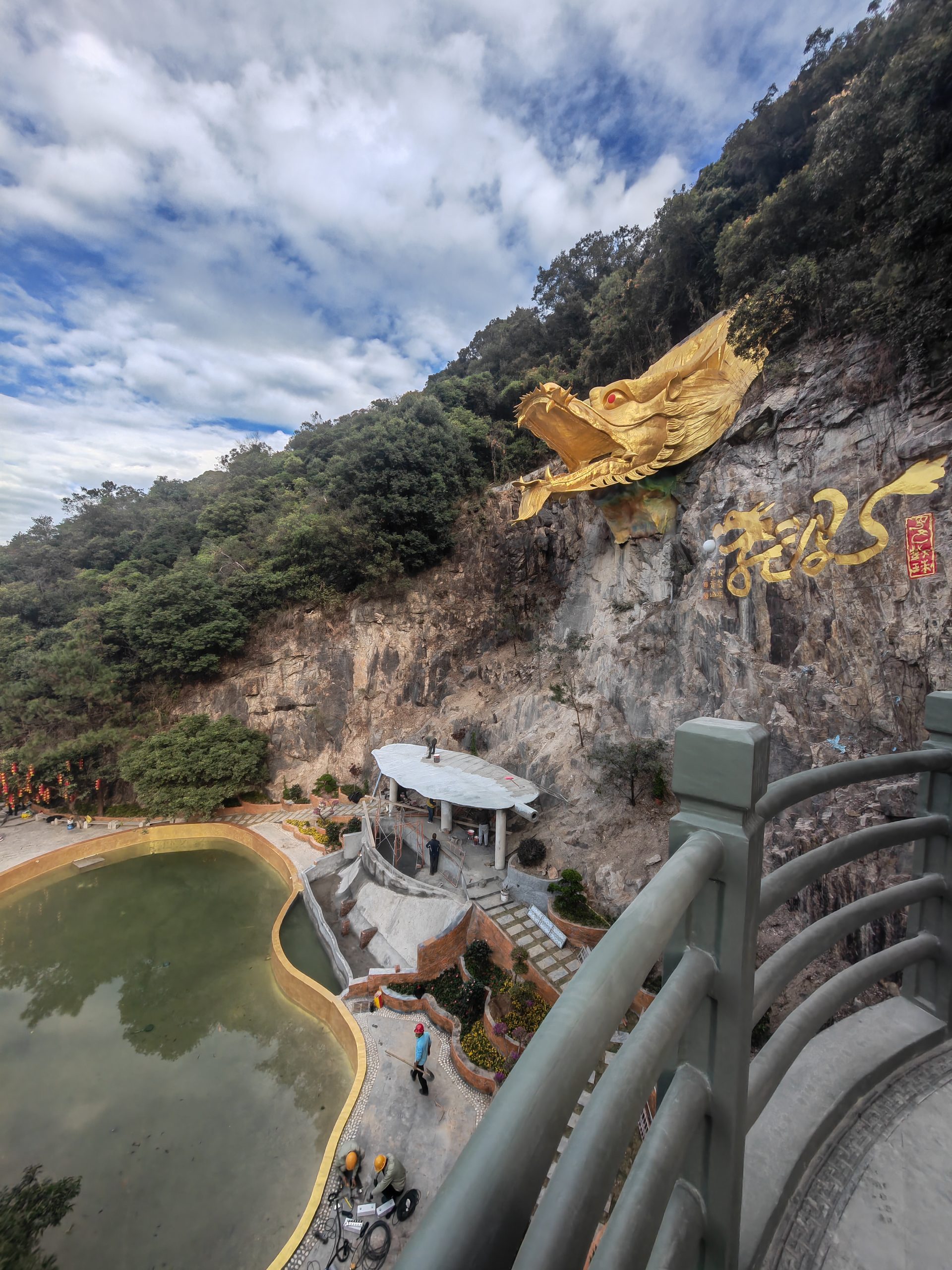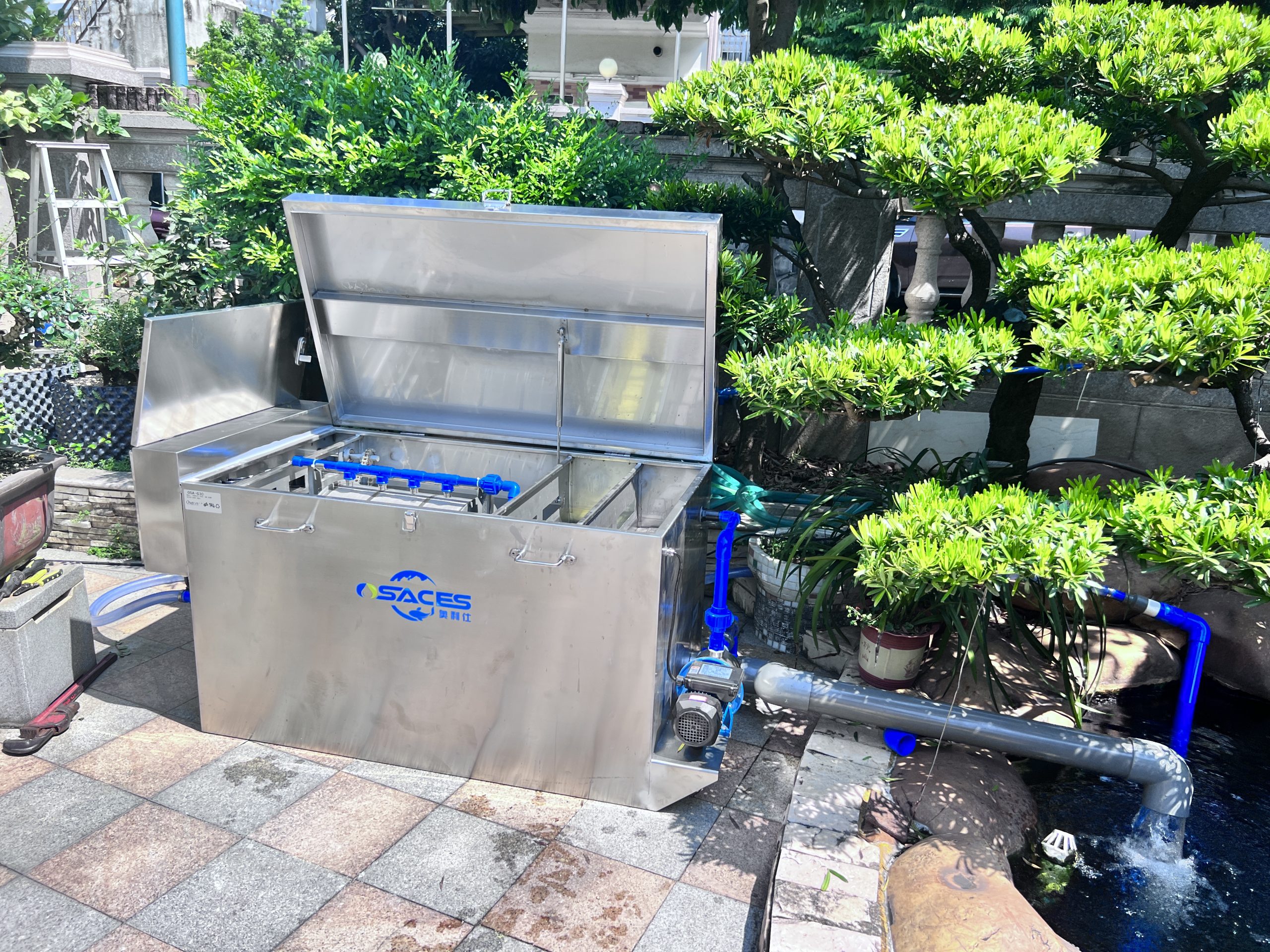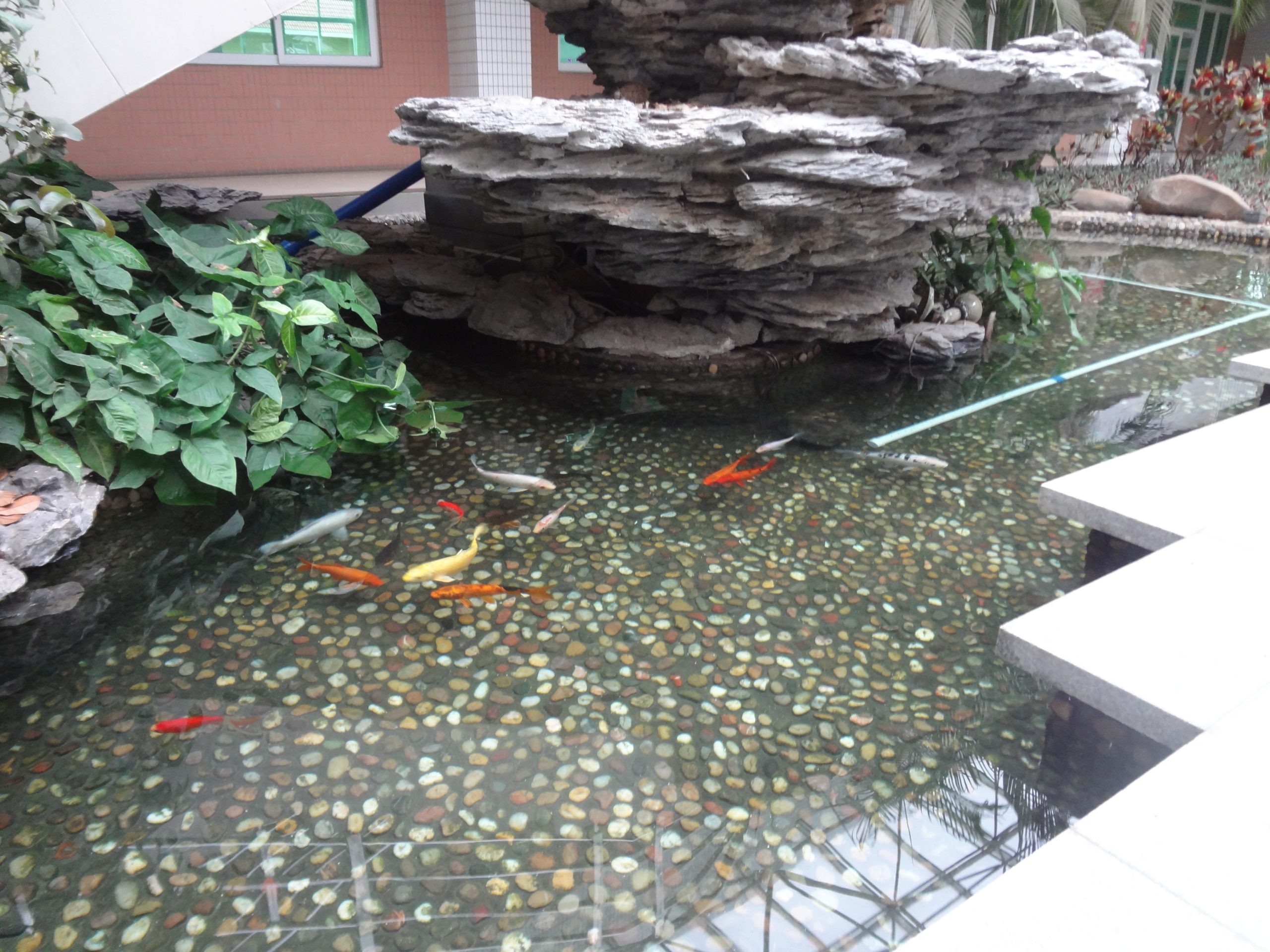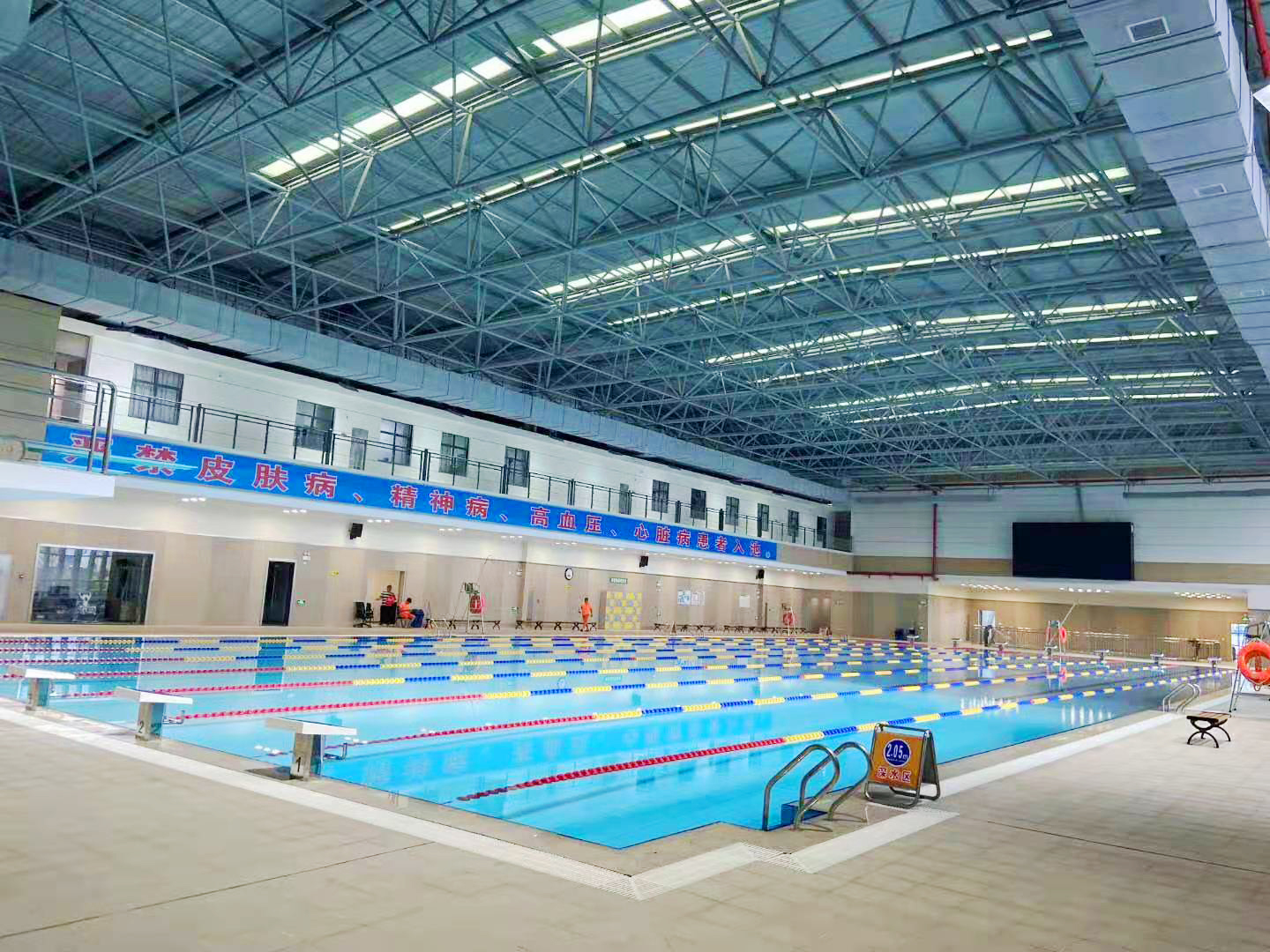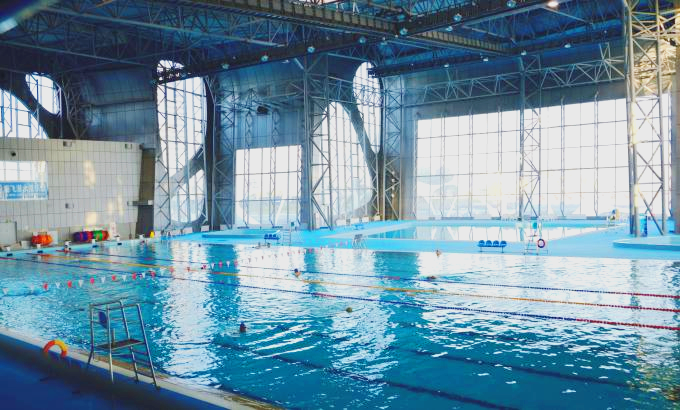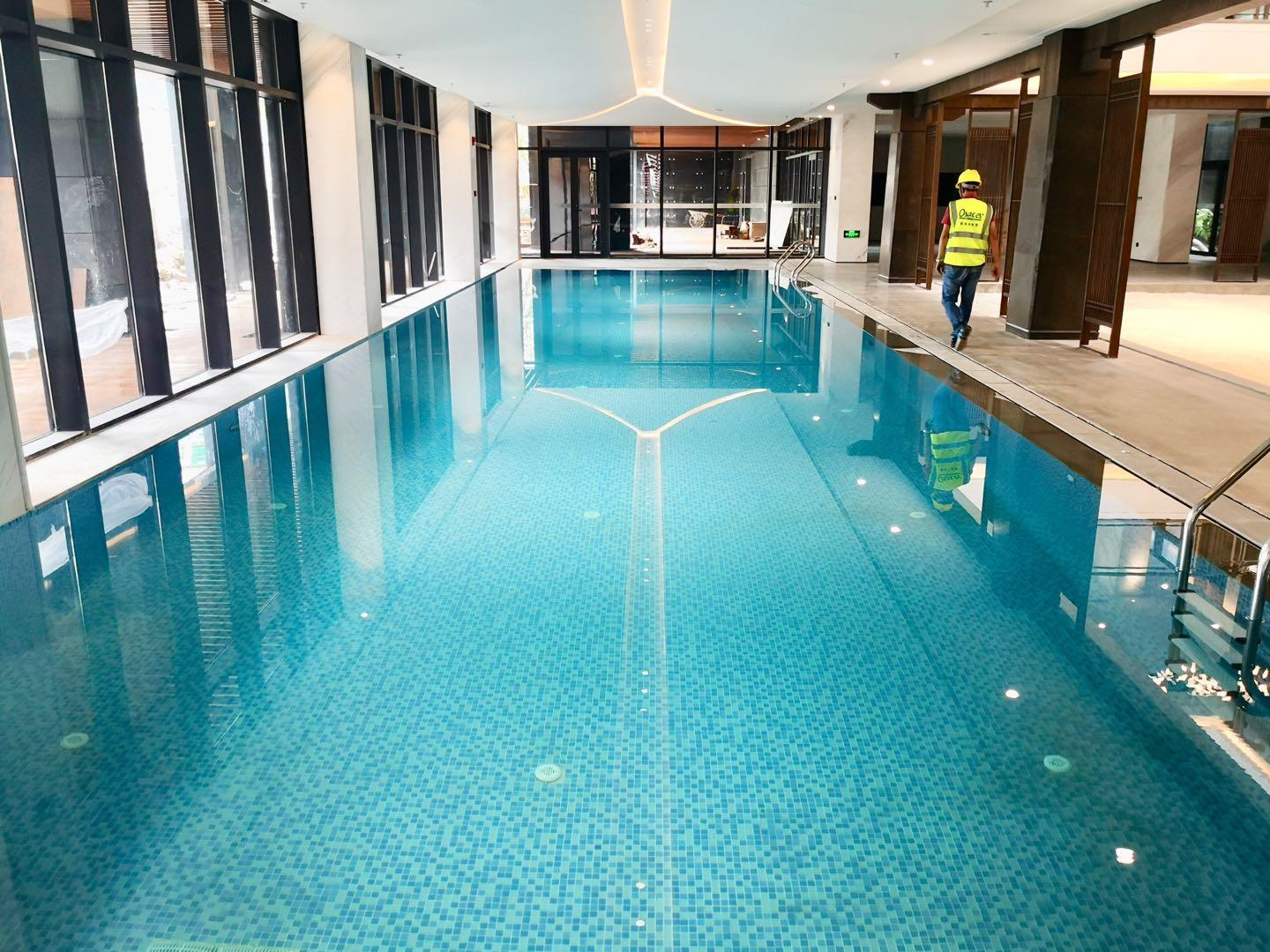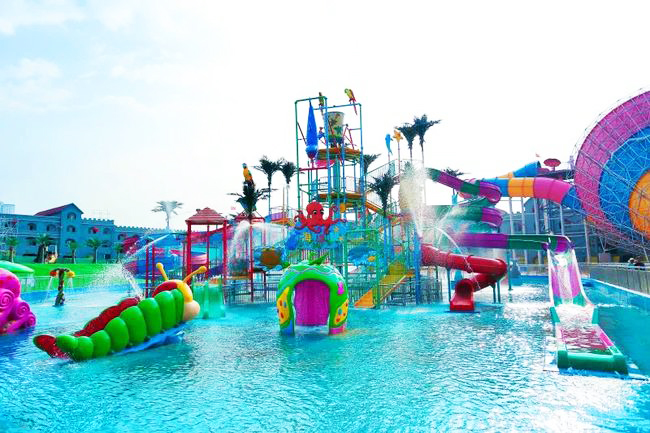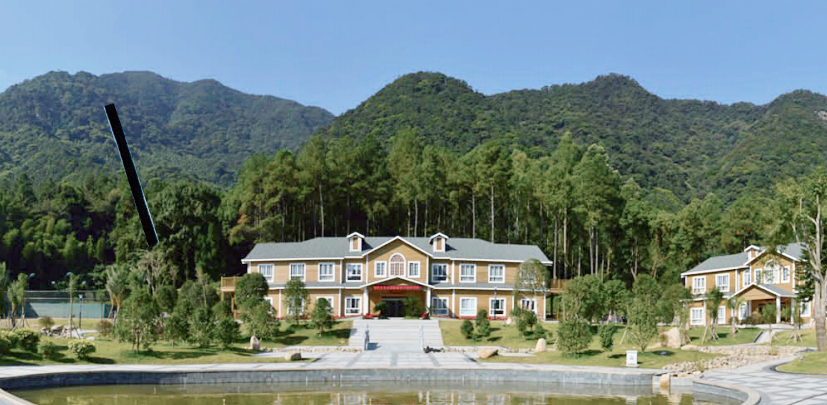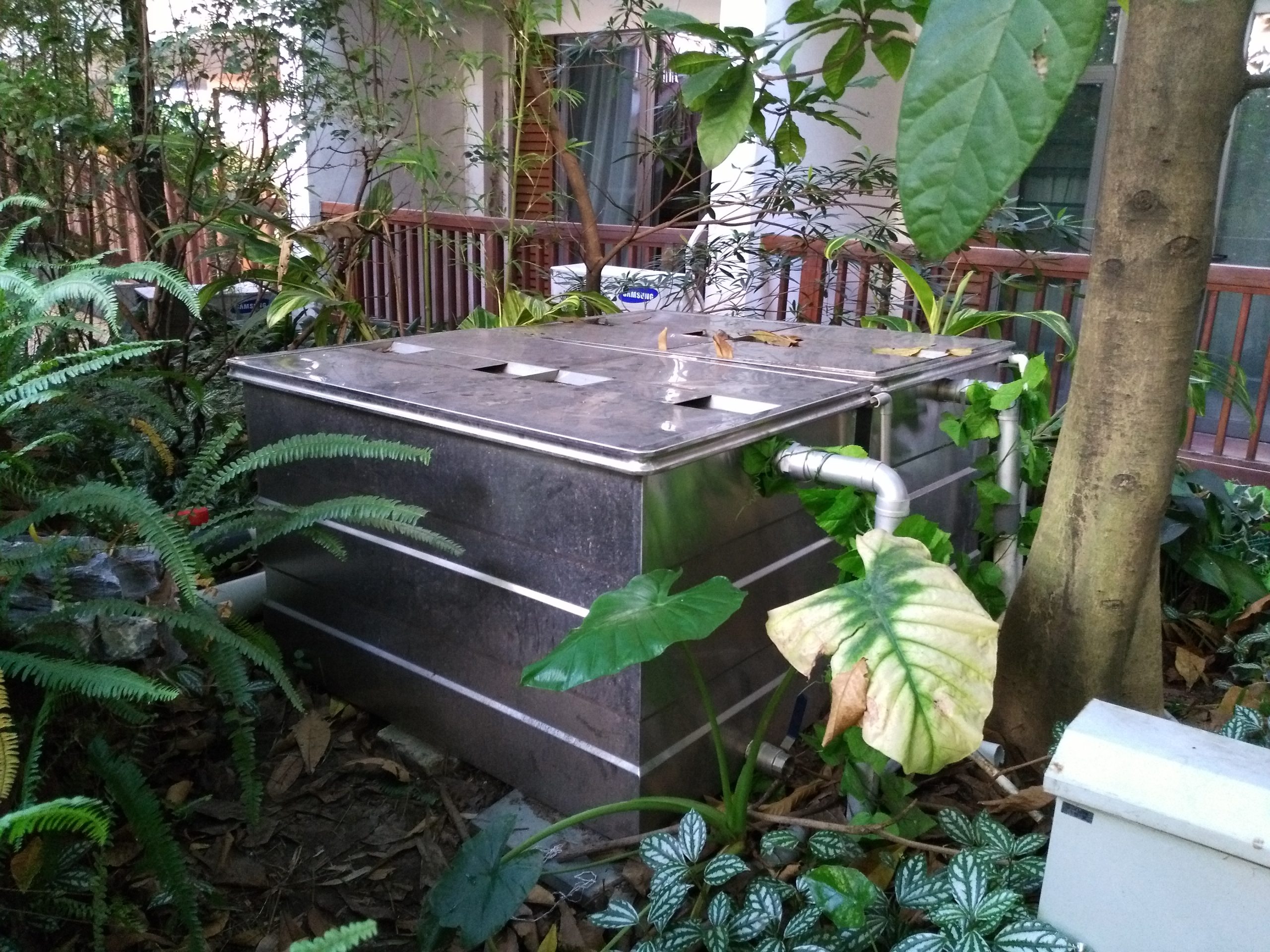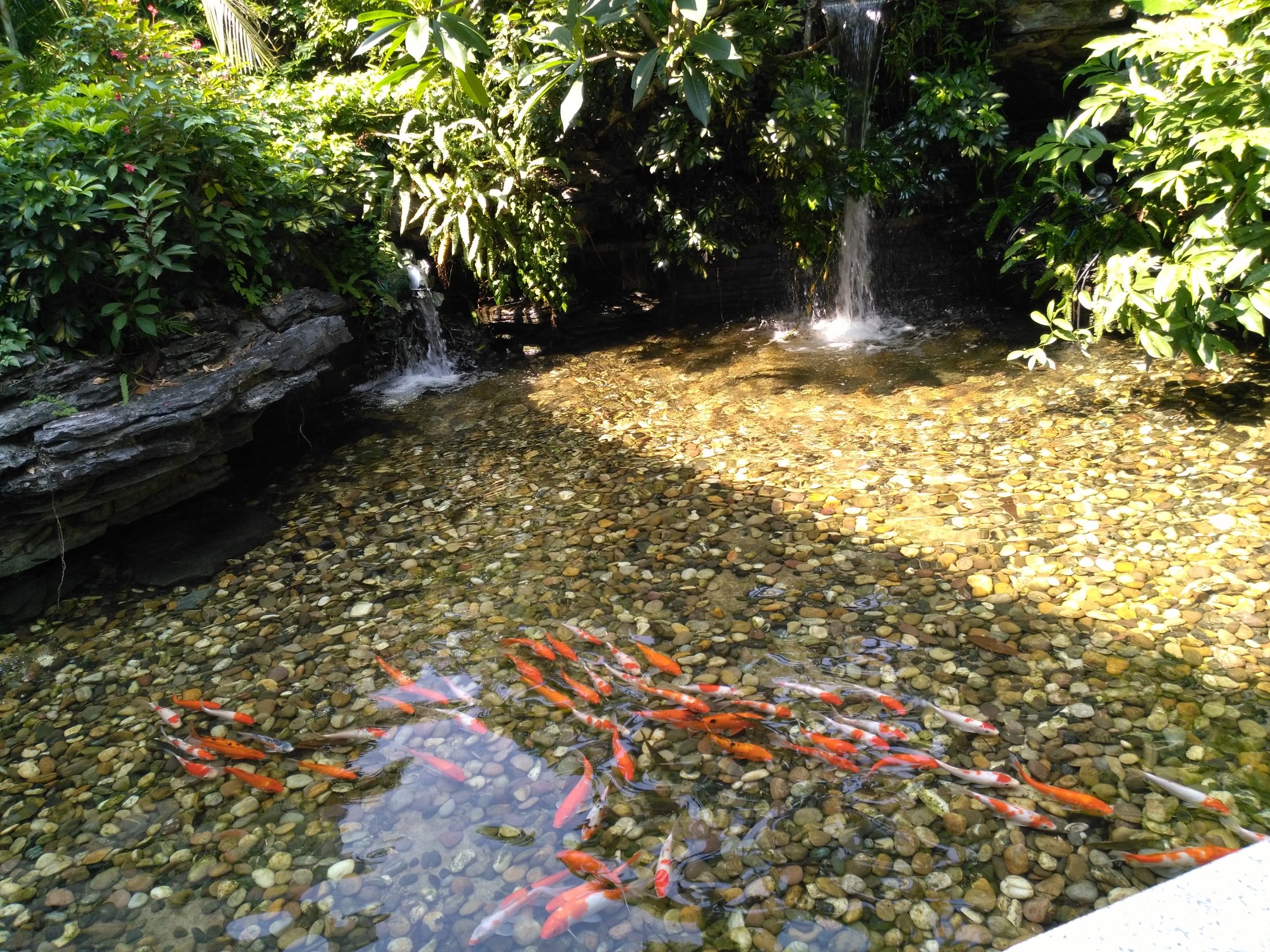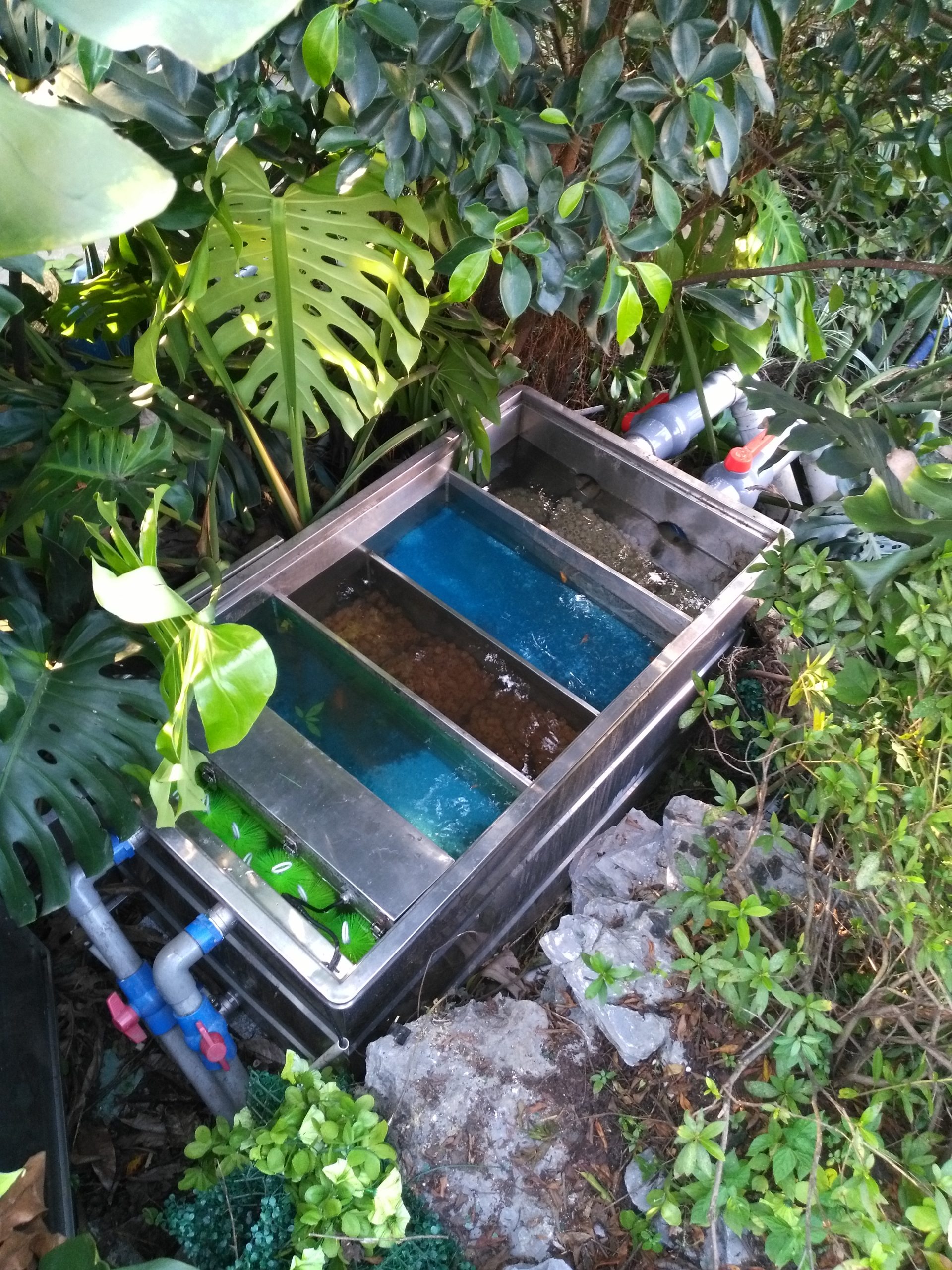common problems
contact details
 Ollies (Guangzhou) Recreation and Sports Equipment Co.
Ollies (Guangzhou) Recreation and Sports Equipment Co.Tel: (020) 82686289
Fax: 020-82694853
Headquarter: No.31-37, Xincun 2 Road, Shangjiang North Street, Dongzhou Village, Xintang Town, Zengcheng City, Guangzhou, Guangdong, China
Causes, hazards and treatments of abnormal PH values in fish ponds
After Qingming, the temperature is getting higher and higher as the rainy season comes to an end. For koi farming the PH value of the pond is getting higher and higher during the high temperature period. Besides the strong sunlight, the algae also have strong photosynthesis, which all consume a lot of carbon dioxide in the water, resulting in a constant rise of the PH gas value in the water. The reason for the high PH gas value in summer is simple, because the water is too thick and there is too much algae.
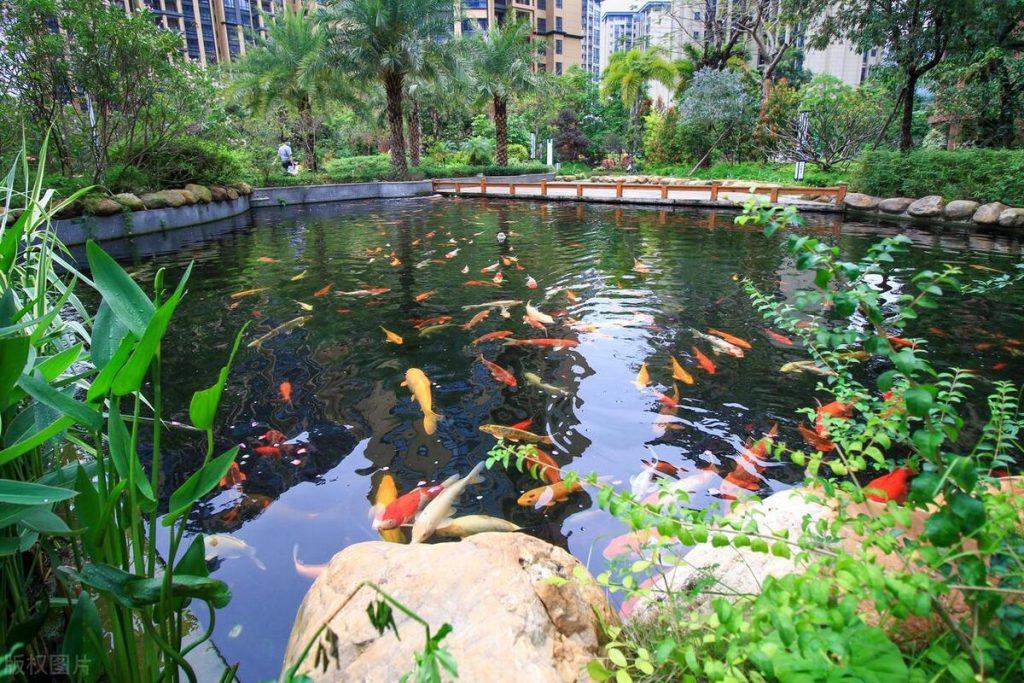
- There is already a certain amount of algae in the new water, but the water quality has not yet stabilized and tends to be on the high side.
- Water bodies rich in blue-green algae tend to rise above 9.5 pH by about 5 p.m. due to very strong photosynthesis.
- Water contaminated with alkaline substances will also have a high pH value. Symptoms of alkalosis in fish: irritation and wild swimming, a lot of mucus on the surface of the body can even be drawn into a line, gill cover corrosion damage, gill secretion of a large number of condensate, the water is alkaline, the general PH value is greater than 9, there are a lot of dead and dying algae and algae cells in the water body.
2.Low or too low pH
(1) Pool water with long breeding time and low transparency, low pH value, even in the afternoon does not reach 7.5.

3.Prevention and control of PH abnormalities
(6) Approaches to pH regulation in saline soils.
① Try not to use water sources with high PH value and higher alkalinity, and if possible, use water exchange to prevent the PH value from being too high.
② Fish ponds with saline soil should not be cleared and disinfected with quicklime to prevent the PH value from rising.
(iii) Remove macroalgae such as euglena, Polygonum and Verticillium in fish ponds. Reduce photosynthesis to avoid a large increase in PH value, because algae under high temperature and strong sunlight to carry out vigorous photosynthesis, so that the water body in the short term PH value increased significantly.
④ To control the overpopulation of floating plants, use copper sulfate 0.5-0.7ppm for full pool splashing.
⑤ Emergency relief measures can be appropriate amounts of acetic acid or hydrochloric acid can be splashed to neutralize the PH value to prevent alkali and ammonia poisoning.
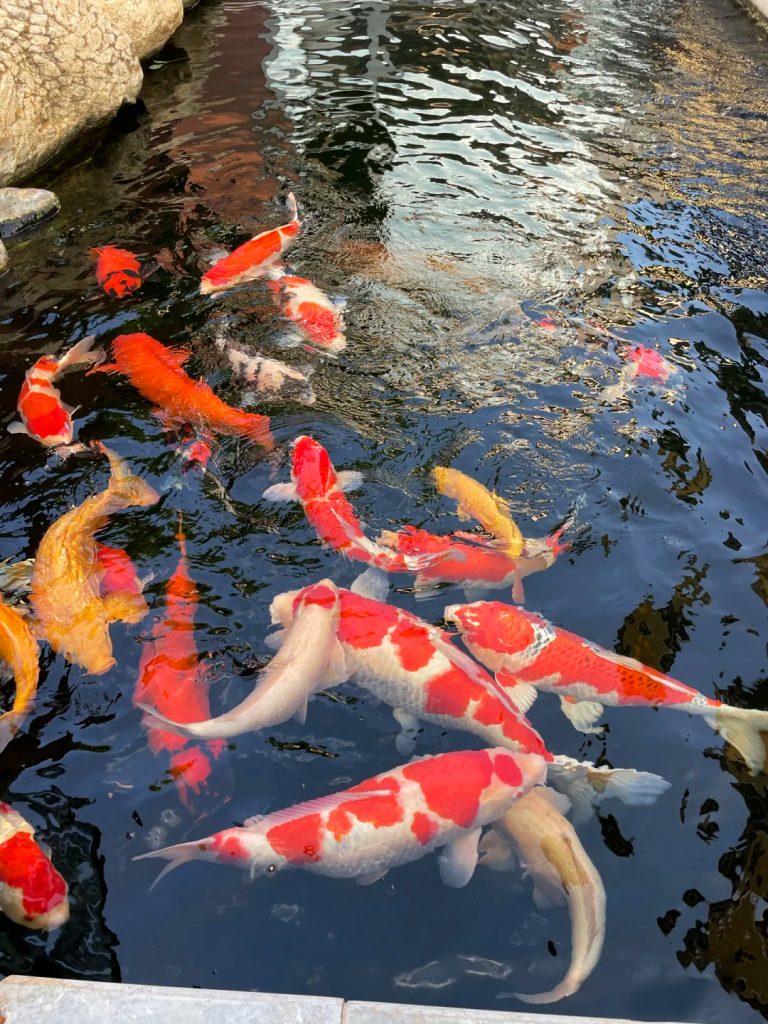
1. The harm of low PH value and solutions
Preventive methods are: First, you can drain the old water in the pool, injecting new water repeatedly 2-3 times to regulate the PH value in the water body. The second is to splash lime water every half a month, both to regulate the pH of the water body, but also to prevent fish disease.
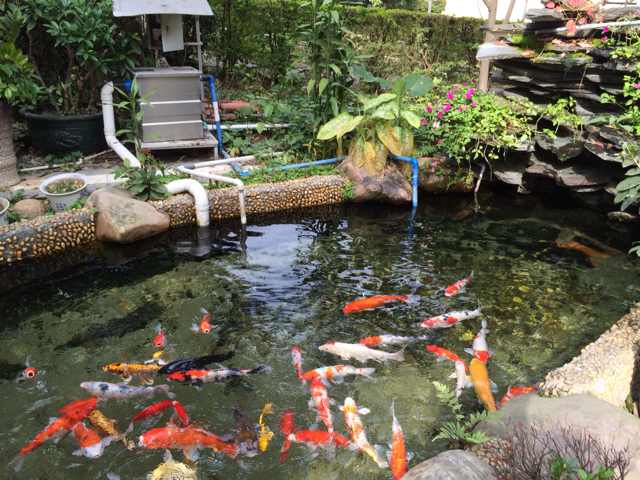
2. The danger of high PH value and solutions
A high pH will increase the toxicity of ammonia and provide conditions for the production of blue-green algae blooms, and a high pH may also corrode fish gill tissues and cause mass mortality.
Related content
- Don't let rotting tails affect the koi's aesthetics
- What kind of water is good for fish? Talking more about green water for fish
- What to do if the water in your fish pond is unclear? How to keep the water fresh and clear
- Are you ready for the golden age of koi growth?
- What causes new koi to get sick easily?
- Case Sharing--Foshan Shunfeng Mountain Park 3600 square meters landscape pool purification project
- Case Sharing||Huizhou-- Intelligent Terminal Beidou Industry Production Project Fountain Fish Pond Purification Project
- Guangdong Guanyinshan National Forest Park 300m³ landscape fish pond purification project

